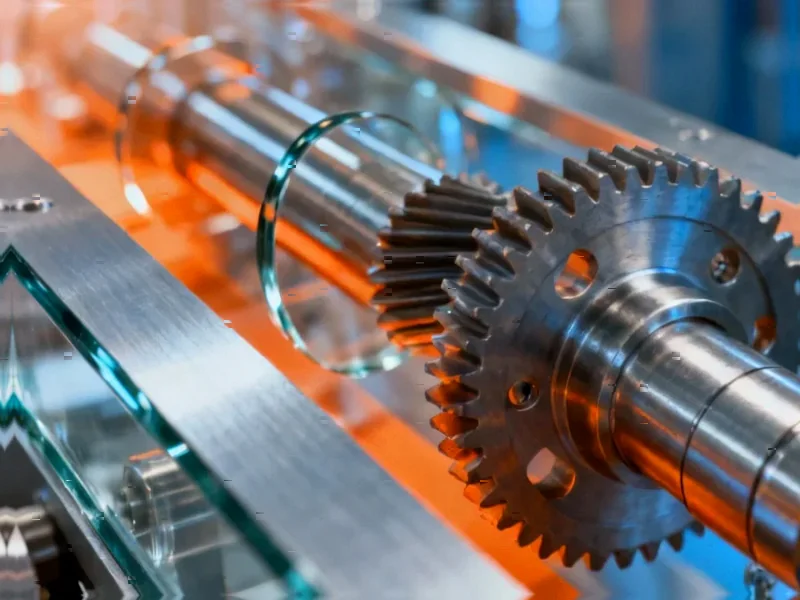According to CNBC, automaker Stellantis is making a $13 billion investment in its U.S. operations following a difficult 2024 and a $2.7 billion net loss in the first half of 2025. The company, formed from the merger of Peugeot and Fiat-Chrysler, had initially saved over $8 billion through parts sharing and operational streamlining, leading to growing profits from $15.4 billion in 2021 to $20 billion in 2023 according to the company’s 2021 results and 2023 results. However, pandemic-era price increases alienated core Jeep, Ram, Dodge and Chrysler buyers, causing Stellantis to lose approximately 5% of U.S. market share over five years, with RBC Capital analyst Tom Narayan noting the company was “among the worst offenders” in pricing. The investment includes significant factory retooling to avoid $1.7 billion in potential 2025 tariff costs. This massive bet raises serious questions about whether financial investment alone can repair fundamental brand trust issues.
The Pricing Hangover Problem
What Stellantis is experiencing isn’t just a temporary sales slump—it’s the inevitable consequence of treating customers as captive audiences during supply chain crises. The automotive industry has a long memory for pricing behavior, and the damage to brand perception among Jeep and Ram loyalists could take years to repair. Unlike temporary product issues that can be fixed with redesigns, pricing resentment creates a psychological barrier that makes customers actively seek alternatives. The fact that Stellantis was singled out as particularly aggressive suggests this isn’t just an industry-wide phenomenon but a company-specific cultural problem that $13 billion won’t automatically solve.
The Limits of Merger Synergies
While the initial $8 billion in savings from the Peugeot-Fiat Chrysler merger looked impressive on paper, we’re now seeing the downside of that efficiency focus. Streamlining operations and sharing parts across brands creates cost savings but often leads to product homogenization and brand dilution. Jeep buyers want authentic, rugged vehicles—not rebadged platforms shared with European passenger cars. The very efficiencies that drove those early profit numbers may have contributed to the “stale products” mentioned in the report. Now Stellantis faces the expensive challenge of differentiating brands that were previously being consolidated.
The Tariff Avoidance Reality
The factory retooling investment reveals another uncomfortable truth: this isn’t purely about winning back customers—it’s about basic survival in an increasingly protectionist automotive market. With $1.7 billion in potential tariff costs looming, Stellantis is essentially being forced to localize production regardless of market demand. This creates a dangerous scenario where they’re investing billions in manufacturing capacity for vehicles that American consumers may not want to buy at their current price points. The company is caught between regulatory requirements and customer resistance, making this investment as much defensive as offensive.
The Market Share Recovery Challenge
Losing 5% of U.S. market share in five years represents approximately 800,000 annual vehicle sales at current market volumes. Regaining that ground requires not just better products but convincing customers who actively chose competitors to return. Meanwhile, the competitive landscape has fundamentally shifted with electric vehicles creating new entry points for competitors and established players like Ford and GM aggressively defending their truck and SUV turf. The $13 billion investment sounds massive, but when spread across multiple brands, factories, and model cycles, it may represent the minimum required to stay in the game rather than a transformative amount that guarantees market share recovery.
The Cultural Transformation Required
The most expensive factory retooling and product development programs won’t matter if Stellantis doesn’t address its underlying corporate culture. The pricing strategy that alienated customers didn’t emerge from vacuum—it reflected a fundamental view of customer relationships and brand value. Transforming from a company that maximized short-term pricing during shortages to one that builds long-term customer loyalty requires more than capital investment. It demands changes in leadership mindset, dealer relationships, and marketing approach that may prove more challenging than any factory upgrade.



